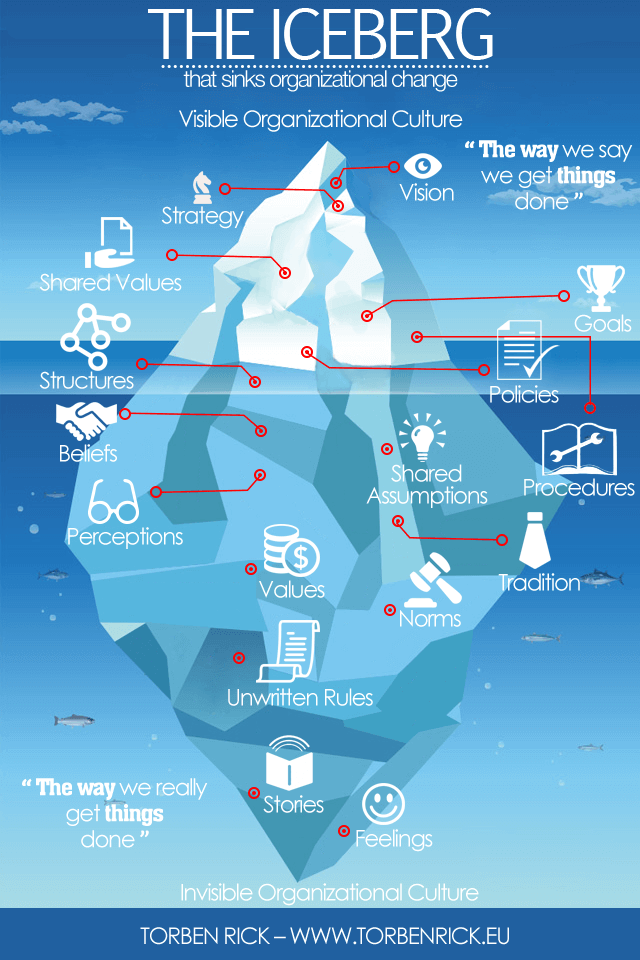- Matt Heelan
- Jan 20, 2023
- 3 min read
Updated: May 22, 2023
In 1997 I was at the Kansas City Airport, I was getting ready to board a plane for a business trip and I needed something for the trip to read. I picked up the April/May issue of Fast Company magazine. On the front cover in big bold letters was the word, “Change.” I quickly identified with the content because I had just been promoted to manager and the company was experiencing explosive growth.

I can recall reading the entire magazine from cover to cover before I ever landed in Florida. There was a specific article called, “The 10 laws of Change” that seemed to describe what I was feeling about the changes personally and also what the company seemed to be experiencing. Also, in 1996 John Kotter published his book called “Leading Change” where he looked at several companies' efforts to transform their organizations. John concluded that there were eight steps to transform your organization:
Establish a sense of urgency
Forming a powerful guiding coalition
Creating a vision
Communicating the vision
Empowering others to act on the vision
Planning for and creating short-term wins
Consolidating improvements and producing still more change
Institutionalizing new approach
The question is not only how the transformation will work but a more basic question that I had was understanding why we needed to change the organization. If you look at what changes in our daily, monthly, and yearly lives and business you can look at these factors:
Social-Demographics (People/Society)
Competition/Substitutes
Economics/Ecology
Political/Regulatory
Technology
Industry/Suppliers
Customers/Consumers
In Systems Thinking there is a concept called, “The Iceberg of Change" or "Theory of Change."

This concept explains that when you are going to change any system there are four elements that come into play. 0.1 Content. The content of the change; the change-related tasks and goals. 0.2 Processes. The process of change; is how we carry out tasks and meet our goals. 0.3 Structures. The structures or frameworks within the content and process operate; the arrangements we must set up to manage change. 0.4 Culture/Commitment. These are the values, assumptions, or beliefs that we have.
In most organizational change efforts we focus on the things that we can see which are those that are listed above the water line in the diagram below. The reality of what we should be focused on when changing organizations is that 87-90% of those factors/issues that are below the iceberg. The reality is that as organizations change and grow we should be focused on also building the appropriate amount of processes and structures necessary in order to make these changes. Additionally, we need to be listening to the organization to understand how these changes are impacting our beliefs, norms, and behaviors which make up our culture.

In the original Fast Company issue they talk about people being “Change Agents.” Over my career, I have never really viewed myself as a change agent but in the latter half of my career, I have found that most Entrepreneurs, Founders, and CEOs have hired me for that exact reason. They want my experience and expertise because they had a goal or mission to change their organization in some meaningful way. The change may come in the form of high performance, scaling the business, or using new technologies to create some optimization.
We naturally want to avoid change - we prefer the status quo, with its comfort and familiarity, and stability, rather than pursue change with its awkwardness, uncertainty, and ambiguity. However, we can increase our chances of transforming the organization if we have: (a) a clear understanding of why we need to change (b) a clear structure for change and (c) a framework that helps us manage the change





